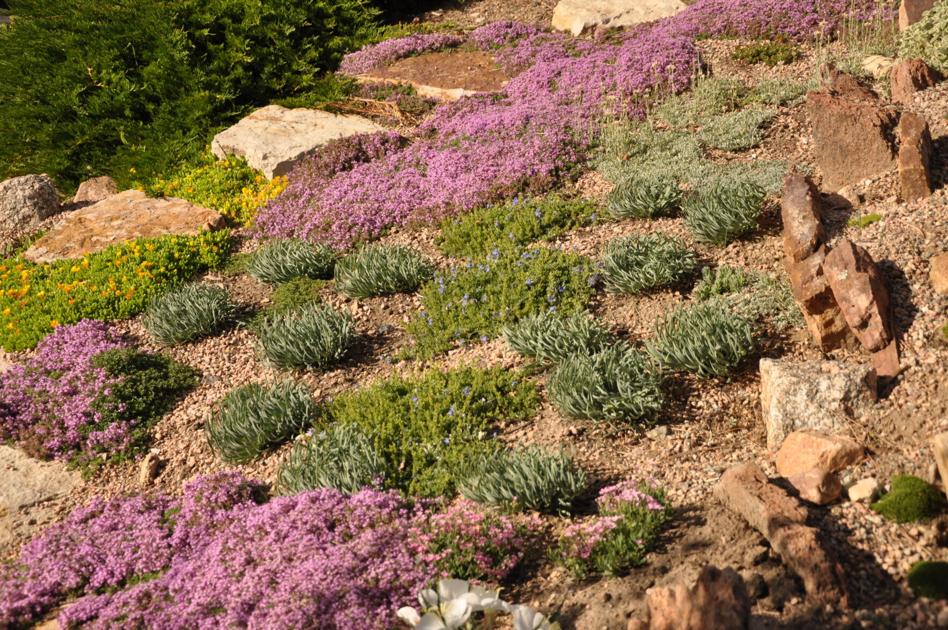When planting perennials, shrubs, trees and vegetables, it’s important to mulch the soil surface.
Mulch is a material that sits on top of the soil whereas a soil amendment is mixed into the soil. It conserves moisture in the soil, prevents water runoff, moderates soil temperature, prevents soil compaction, inhibits weed growth and gives a landscape a finished look.
Mulch comes in many forms: grass clippings, wood and bark chips, pea gravel, composted leaves, straw and pine needles, to name a few. When selecting mulch, it’s important to consider where you will use it and what you are trying to achieve. Each type has pros and cons. Bark mulch will add nutrients to the soil as it gradually decomposes, but you might need to replenish it periodically (smaller bark mulch decomposes faster than larger bark mulch). Pea gravel will transfer some heat to the underlying soil, which could help plants during colder weather. It also could cause plants to grow too early in the spring, only to suffer from frosts. For a comprehensive breakdown of mulches, refer to this CSU Extension fact sheet: extension.colostate.edu/topic-areas/yard-garden/mulches-for-home-grounds-7-214.
After selecting the mulch, make sure to apply it at the recommended depth. To effectively suppress weed germination and prevent soil compaction, bark mulches and pea gravel should be applied at a depth of 3-4 inches; applying more than that can prevent air and water from reaching the soil. Grass clippings or leaves can be added to a depth of 6 inches; allow layers of grass clippings to dry out before adding more.
When placing mulch around trees and woody shrubs, make sure to place it at least 6 inches from the base of the plant. Wet chips piled up against the trunk might keep the bark too moist, contributing to the growth of harmful fungi.
Although it’s common practice to apply mulch over black plastic or a woven landscape fabric to prevent weeds, CSU Extension doesn’t recommend this. These barriers can restrict plant growth by keeping air and water from reaching the roots. Weed seed can germinate on top of the barrier and root through the material, making the weed impossible to pull. Organic mulches such as bark chips can improve the soil as they break down when there is no barrier between the mulch layer and the soil. Applying mulch correctly eliminates the need for these barriers.
By mulching around plants, you help to maintain their health while also conserving water.
Submit gardening questions to csumg2@elpasoco.com or call 520-7684. The in-person help desk is open 9 a.m.-noon and 1-4 p.m. Mondays and Wednesdays at 17 N. Spruce St. Find on Facebook at Colorado Master Gardeners – El Paso County.
This content was originally published here.

